Author: Christine Skirbunt
“That night, and every night she appeared at the London Pavilion, Florence Mills received an ovation each time she came on stage – before every song she sang. This is a tribute, which in my experience, I have never known to be offered to any other artist.”
-C.B. Cochran, British Theater Impresario
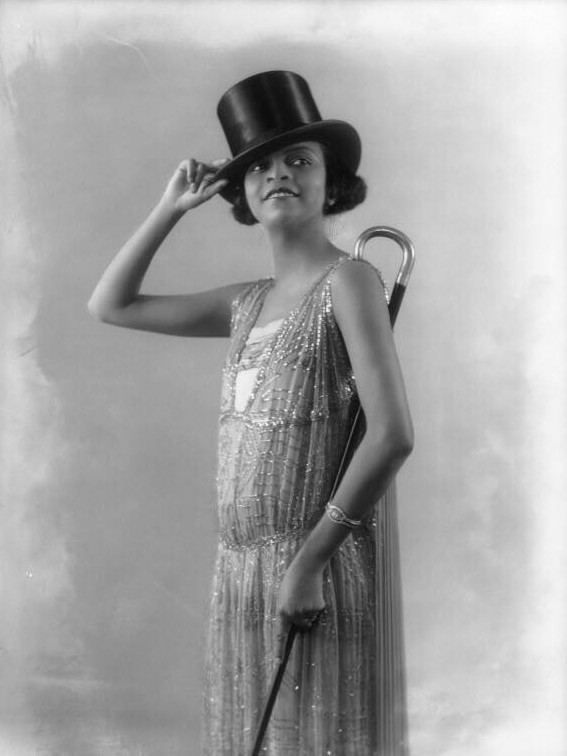
Florence Mills was dubbed the “Queen of Happiness” by her fans. She shown brightly on Broadway stages, was celebrated in Harlem clubs, and mourned by thousands when she died far too young. Yet today, her name is barely a whisper in the annals of musical history. In a modest attempt to help rectify this slight, this is an introduction to a woman who filled the world with music, happiness, and her own type of cultural revolution.
Early Life
Florence Mills was born Florence Winfrey on January 25, 1896, in Washington, D.C., to formerly enslaved parents, John and Nellie Winfrey from Lynchburg, Virginia. As the youngest of three daughters, she grew up in modest circumstances but in a loving and supportive environment. Her family moved to Harlem when she was young. Their move corresponded with the Great Migration (1900-1929), when Black people were leaving the rural south for better opportunities in the industrial north. It was in Harlem that her voice began to attract attention.
From an early age, Mills displayed a natural gift for performance. She began as a child, winning her first talent show in 1900 for her “Buck and Wing” dancing – a precursor to tap dancing. In 1910 she formed a vaudeville act with her sisters, known as the Mills Sisters. They played Black vaudeville and at local Harlem theaters, singing and dancing their way through the segregated entertainment circuit. By the time she was twenty, Mills struck out on her own after her sisters married and retired from their act.
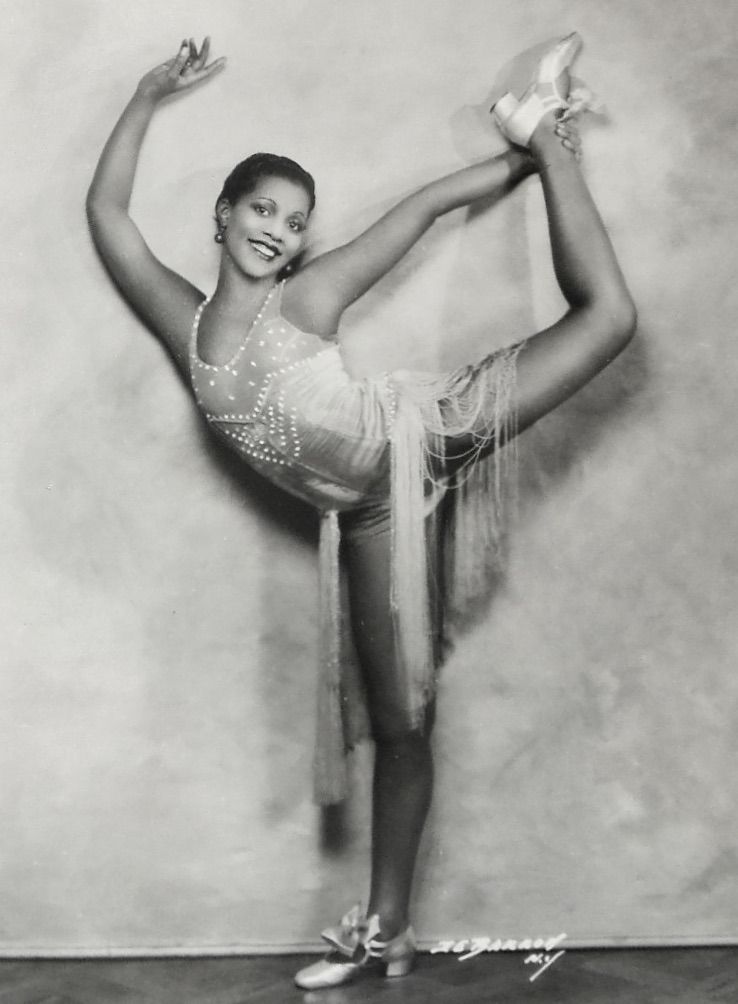
Her Place in the Harlem Renaissance
The Harlem Renaissance was more than an artistic movement – it was a cultural revolution that redefined Black identity in America. Florence Mills stood at its very heart. She embodied the Renaissance’s ideals: beauty, intellect, pride, and resistance through art. Her performances were not just entertainment but statements. Her presence on elite stages at a time when Black women were often marginalized was a radical act, but even white producers saw her worth and hired her. And despite often performing for segregated audiences, Mills always pushed boundaries. She advocated for better treatment of Black performers and, in an era where options were very limited for Black people, she carved out a place for herself with determination and grace.
Early Career and Touring
Mills’ early solo career took off in the world of vaudeville, where she toured extensively across the United States with troupes like the Panama Trio at the white-owned Panama Club in Chicago to mixed audiences and then later joined The Tennessee Ten. By 1921, she performed in the hugely popular show Shuffle Along.
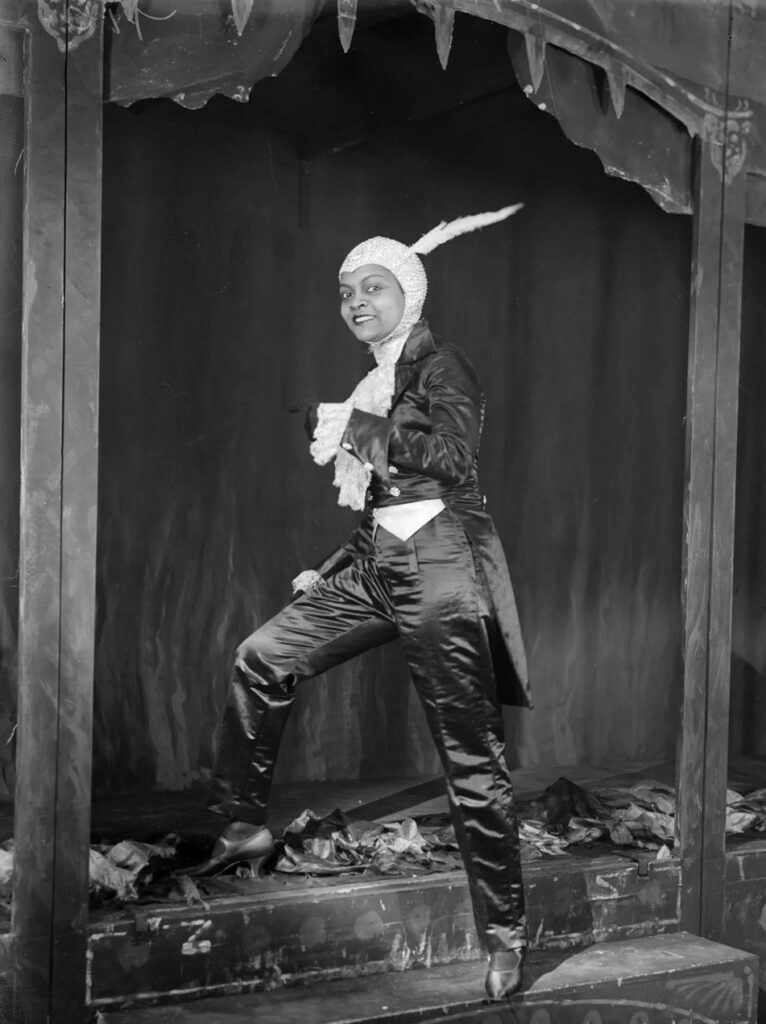
Shuffle Along was a landmark production, one of the first major musicals written, produced, and performed entirely by African Americans. Mills’ performance caught the eye of theater producers and critics alike. Her charisma and emotive singing style appealed to all races and did much to set her apart from her peers. She soon became a headliner and an icon. The show broke a lot of new ground, with orchestra seating being integrated and the plot of the show revolving around a Black romance – something taboo at the time to portray. Ticket prices for the show rose to $3 and there were over 500 performances.
Also, in 1921, Mills married Ulysess Thompson, The Tennessee Ten’s dancing director and a talented performer himself. They newly married couple returned to New York City in 1921 and Thompson willingly subordinated his own career to his wife’s as he knew she had immense talent the surpassed his own. He became her manager, promoter, and biggest supporter.
Broadway and Abroad
Mills’ big Broadway break came in 1922 with the all-Black show Plantation Revue, produced by Lew Leslie. That success led to Dover Street to Dixie in 1923 and traveled to the London Pavilion. And despite the intense British racist resistance to the show, Mills’ voice won over almost everyone who saw it.
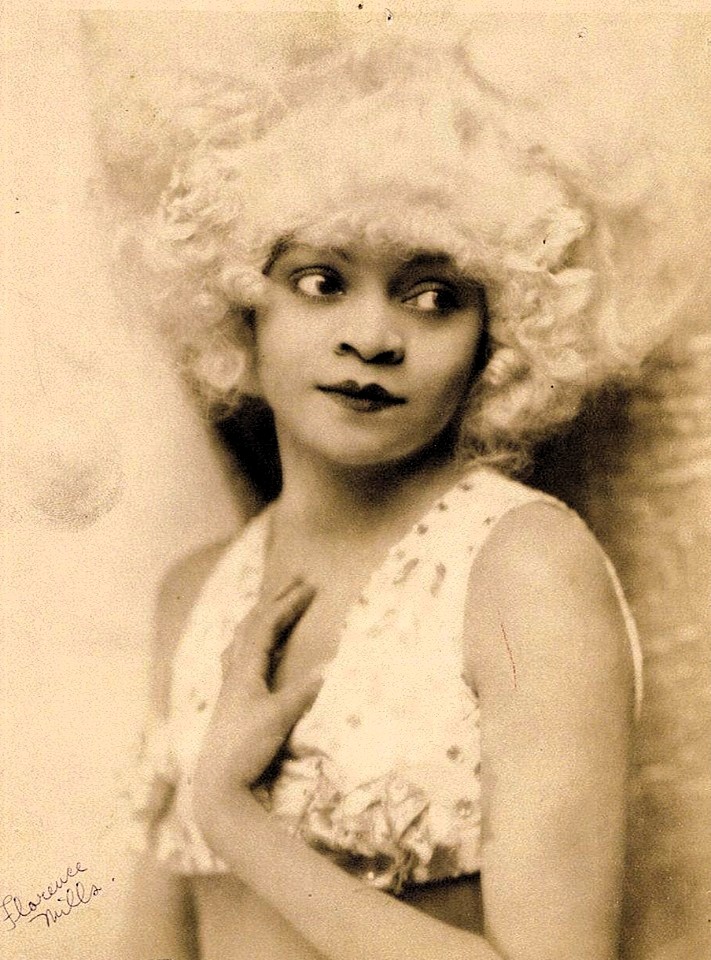
In 1924 Leslie followed up Dover Street to Dixie with Dixie to Broadway. It was a huge success both on Broadway and on tour. It was also a major statement in action by Mills at the same time. She turned down the chance to be the first Black woman in a starring role in the incredibly popular Ziegfield’s Follies. She chose, instead, to continue to work with Leslie and to “give my people the opportunity of demonstrating their talents are equal.” Dixie to Broadway opened at The Broadhurst and tickets were a record $3.30!
During this time, Mills achieved another first by becoming the first Black woman to be photographed in a full-page spread for Vanity Fair magazine by famed photographer Edward Steichen. The outfit she wears in the photograph is a costume from Dixie to Broadway.
Mills was then cast in a role created especially for her in the 1926 Lew Leslie hit Blackbirds. Blackbirds was a defining moment. Built entirely around her, the show ran for over 100 performances and then toured internationally. When it opened in London, Mills was greeted like royalty, a stark contrast from her first visit. European audiences adored her. Her voice transcended race.
Blackbirds opened at the London Pavilion where the Prince of Wales bragged that he saw the show nearly twenty times and had dragged his family and friends to see it again and again as well. Mills used this international platform to subtly challenge racial assumptions abroad as she had at home. Her performances were full of dignity, grace, and a quiet resistance. She didn’t shout about injustice – she sang it.
Her Blackbird Song
Mills’ signature number in Blackbirds was “I’m a Little Blackbird Looking for a Bluebird”, a hauntingly tender song that became her anthem and earned her the nickname “Blackbird.”
The lyrics were simple but laden with meaning. The “blackbird” represented Mills – and by extension, African Americans as a whole – longing for the same happiness and freedom symbolized by the elusive “bluebird” that was enjoyed by white people.

She sang it softly, almost like a lullaby, and her audience – Black and white alike – were often moved to tears. Critics called it the emotional heart of the show. Sadly, no recordings of Mills’ voice survive, but the memory of that song and her voice remains etched in the accounts of those who heard it. See the sheet music and lyrics here.
Quiet Activism
Florence Mills was not a loud activist in the traditional sense, but her life and career were acts of resistance. She refused to play roles that demeaned Black people, and she insisted on being portrayed with elegance and humanity.
She also supported fellow Black artists. She chose music by Black composers and stood up to theater owners who wanted her to use segregated entrances. She chose artistic integrity over fame and, quietly, without fanfare, she visited children’s hospitals, gave money to the homeless, and promoted the NAACP by performing at their events.
By August 1927, Blackbirds reached its 250th performance in London. However, all the hard work had taken its toll on Mills. She did two shows every day along with matinees and charity benefits and the exhaustion could no longer be ignored. She was told by doctors to stop performing and get medical attention or she would die.
In September 1927, Mills and her husband arrived back in the United States, but she delayed medical treatment for another month to help care for her ill mother. She finally entered the hospital on October 25th for treatment of tuberculosis and extreme overwork. She underwent one, possibly two (accounts vary) surgeries but she still deteriorated. Knowing that she was dying, she sang songs to her nurses to try to cheer them up over her prognosis.
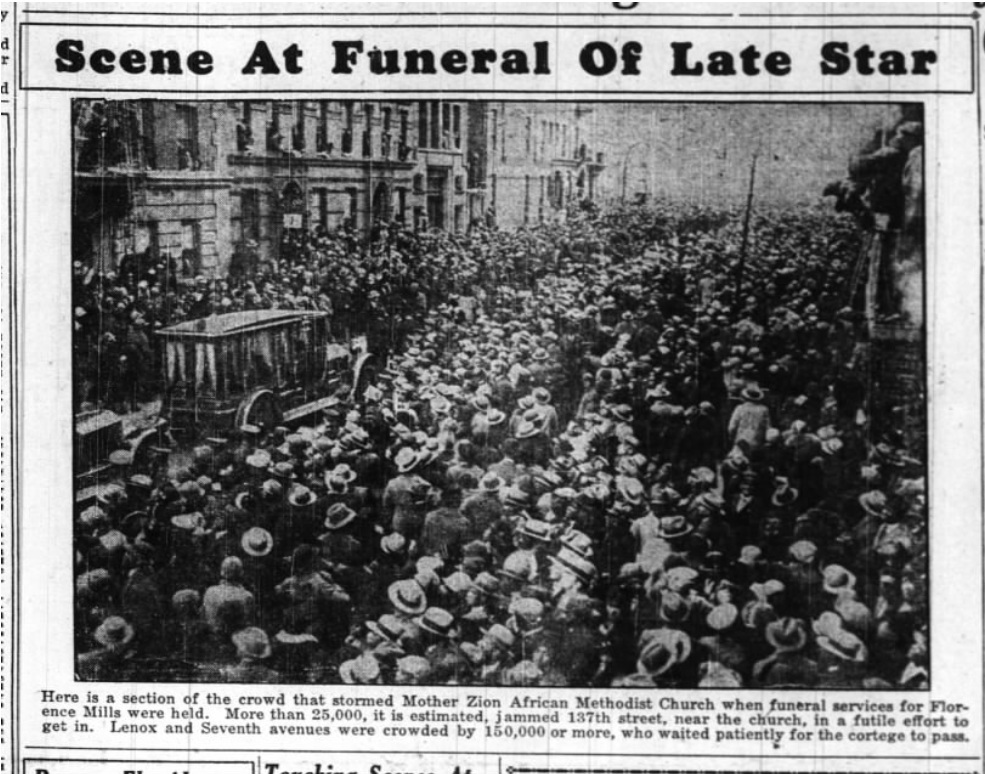
Her Death and Funeral
Florence Mills died on November 1, 1927, at just 31 years old, from tuberculosis compounded by overwork. Many sources, including Black newspapers, incorrectly reported she died of appendicitis.
The New York Times stated that more than 10,000 people visited the funeral home and there were thousands at the funeral itself. Her November 6th funeral was the largest Harlem had ever, and to this day, would ever see. It was a monumental event where over 150,000 people lined the streets to pay their respects. The service was held at Mother Zion A.M.E. Church, and it brought the neighborhood to a standstill. Legend has it that a flock of blackbirds flew over her funeral cortege.
Duke Ellington composed a piece called “Black Beauty” in her memory. Her loss was felt not just as the passing of a great performer but as the silencing of a vital cultural voice.
Obscurity
Plans were proposed to erect monuments for her, but nothing ever materialized. This is due in part that despite her fame in the 1920s, Mills gradually faded from public memory because there are no surviving recordings of her voice, she died too young and early in her career to establish a legacy of students, and the era’s racial and gender bias overrode many such endeavors.
Instead, she is overshadowed by contemporaries like Josephine Baker, whose European fame and later civil rights work kept her in the spotlight. Florence Mills, modest and quiet in her activism, was forgotten by all but scholars and niche historians.
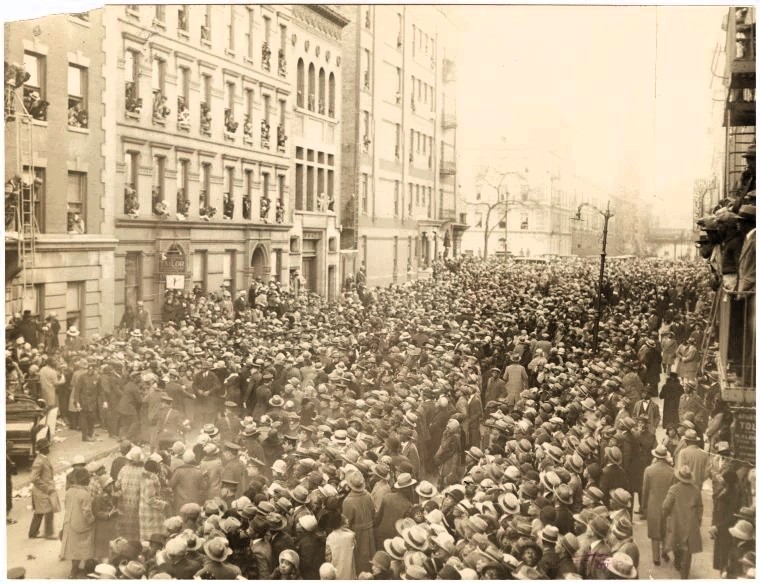
Remembering Florence Mills
Poet James Weldon Johnson said of Mills, “She could be risqué, she could be seductive; but it was impossible for her to be vulgar, for she possessed a naiveté that was alchemic.”
Florence Mills deserves to be remembered, not just as an entertainer, but as a pioneer, activist, and cultural icon. She was the first Black woman given a full page spread in a major magazine typically geared toward a white audience. She turned down the famous Ziegfeld and his Follies to work and share her talents with Black writers, singers, and dancers. She was the first of many things, including the first Black artist to sing at New York’s Aeolian Hall, a respected classical venue.
Known as “The Queen of Happiness”, those who saw her perform never forgot her light. Perhaps it’s time the rest of the world rediscovered it, too. Because Florence Mills didn’t just sing; she lifted hearts. She didn’t just perform; she made change. And though her voice is lost to time, her story still reverberates.
References:
“Florence Mills: The Little Blackbird.” Bill Egan. https://www.florencemills.com/
Susan Johnson. (March 24, 2020). “Florence Mills: Broadway Sensation of the 1920s.” Museum of the City of New York. https://www.mcny.org/story/florence-mills-broadway-sensation-1920s
N/A. (n.d.). “Florence Mills.” Wikipedia. https://en.wikipedia.org/wiki/Florence_Mills
Images:
- · “Florence Mills, 1923.” https://en.wikipedia.org/wiki/Florence_Mills
- “Florence Mills, 1925.” https://cdn.britannica.com/79/219279-050-0076B94D/American-dancer-Florence-Mills.jpg
- “Florence Mills by DeBarron, NY, 1925.” https://it.pinterest.com/pin/16044142413324433/
- “Florence Mills Autograph.” https://originalblackwoman.wordpress.com/2015/11/23/florence-mills-harlem-jazz-queenthe-queen-of-happinessfirst-black-international-star/
- “Vanity Fair Feb. 1925.” https://collections.library.yale.edu/catalog/16207132
- “London Pavilion Theatre 1923 Florence Mills starring in Dover Street to Dixie.” https://www.florencemills.com/buildings.htm
- “Blackbird Sheet Music.” https://www.mediastorehouse.com/mary-evans-prints-online/new-images-august-2021/florence-mills-sheet-music-cover-i-m-little-23092192.html
- “Funeral Cortege01.” https://www.newspapers.com/article/new-pittsburgh-courier-photo-funeral-of/37702111/
- “Funeral Cortege02.” https://ramblinglondontours.com/2020/12/01/kathleen-easmon-and-florence-mills/
- “Florence Mills Grave.” https://images.findagrave.com/photos/2023/360/2673_2d046905-b77a-4db6-b4e8-97889827fa70.jpeg
Further Reading:
“Florence Mills.” The Kennedy Center. https://www.kennedy-center.org/education/resources-for-educators/classroom-resources/media-and-interactives/artists/mills-florence/
Evangeline Holland. (August 31, 2020). “The Prince and the Actress: When Florence Met George.” Edwardian Promenade. https://www.edwardianpromenade.com/african-american/the-prince-and-the-actress-when-florence-met-george/



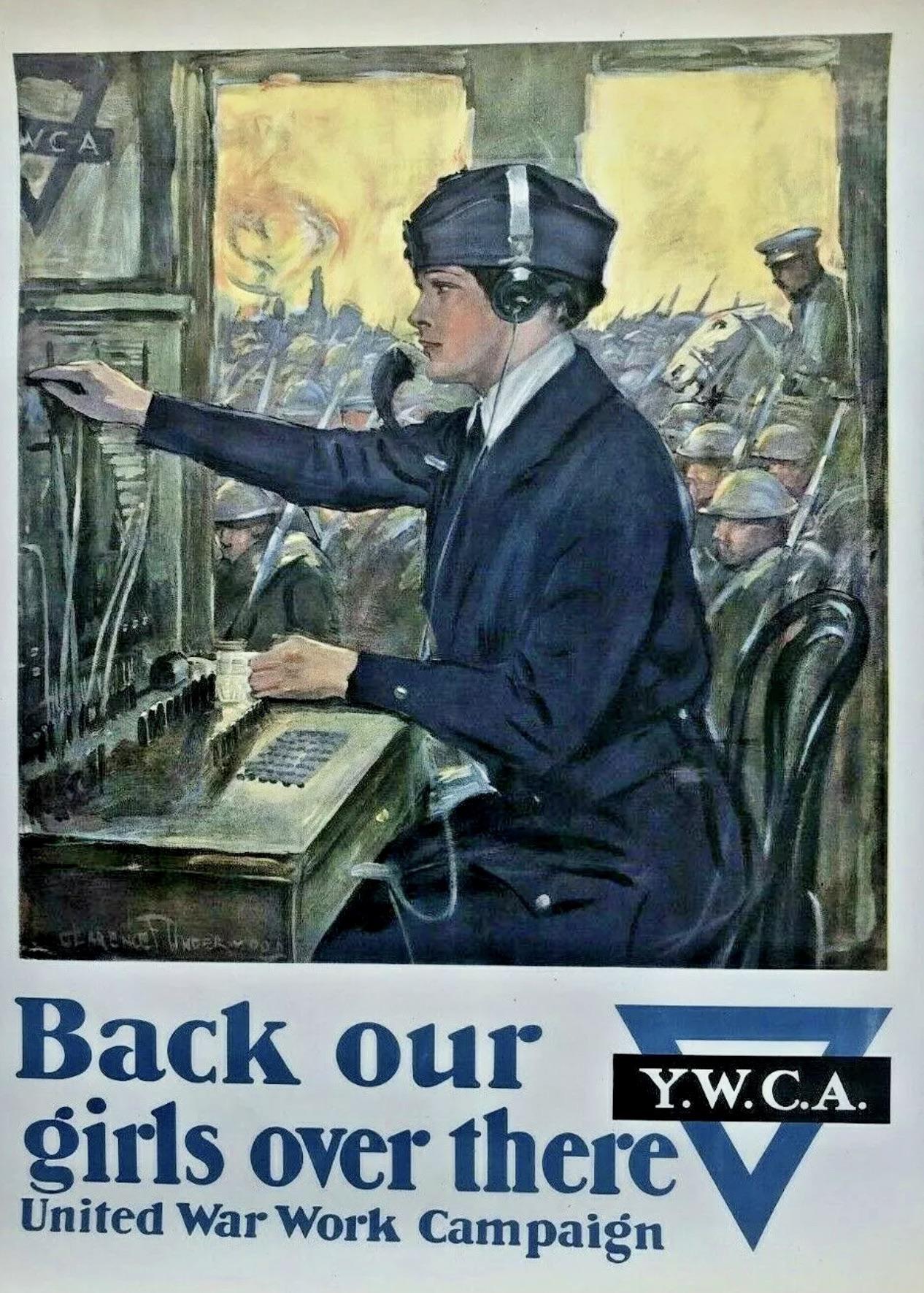

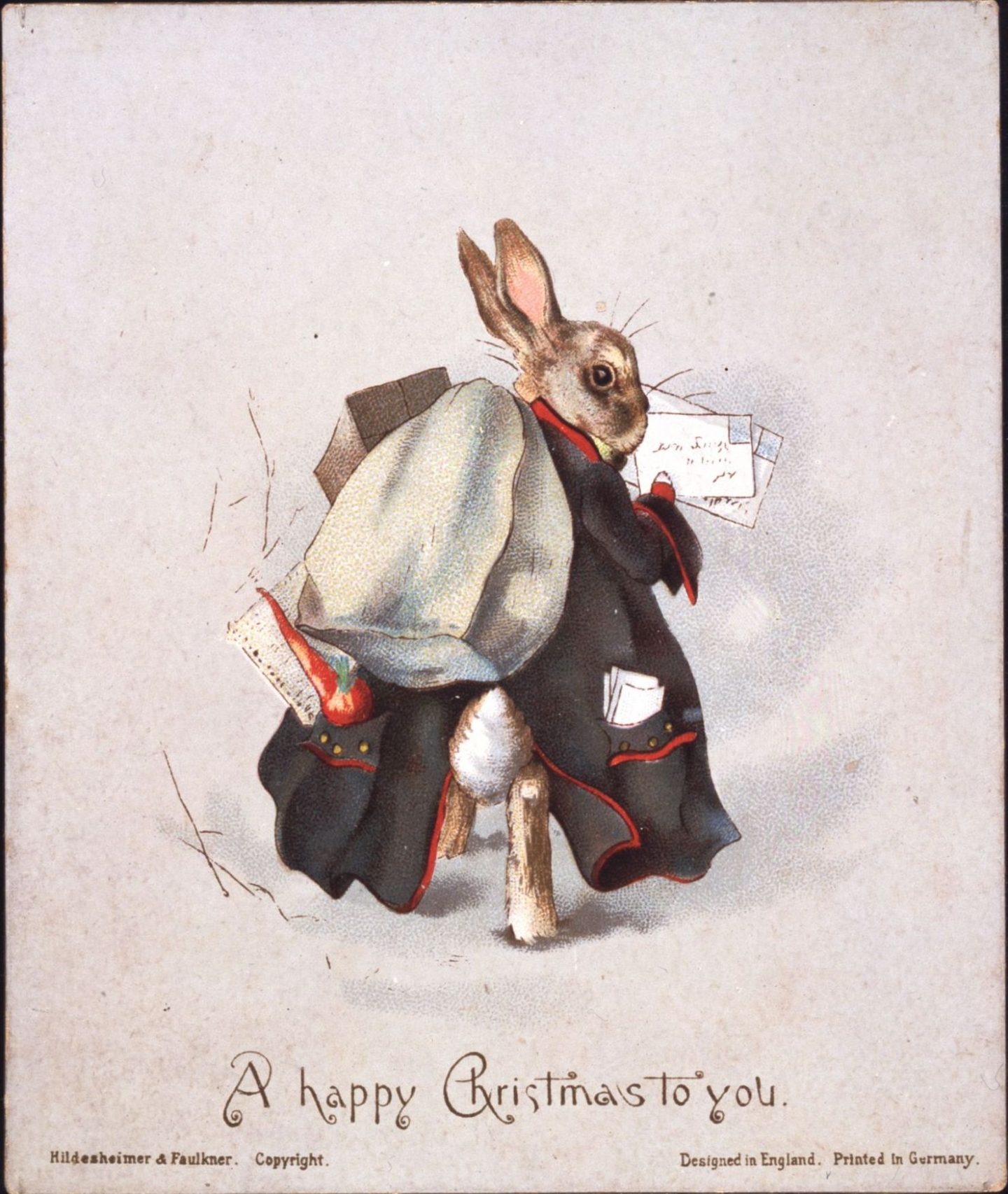

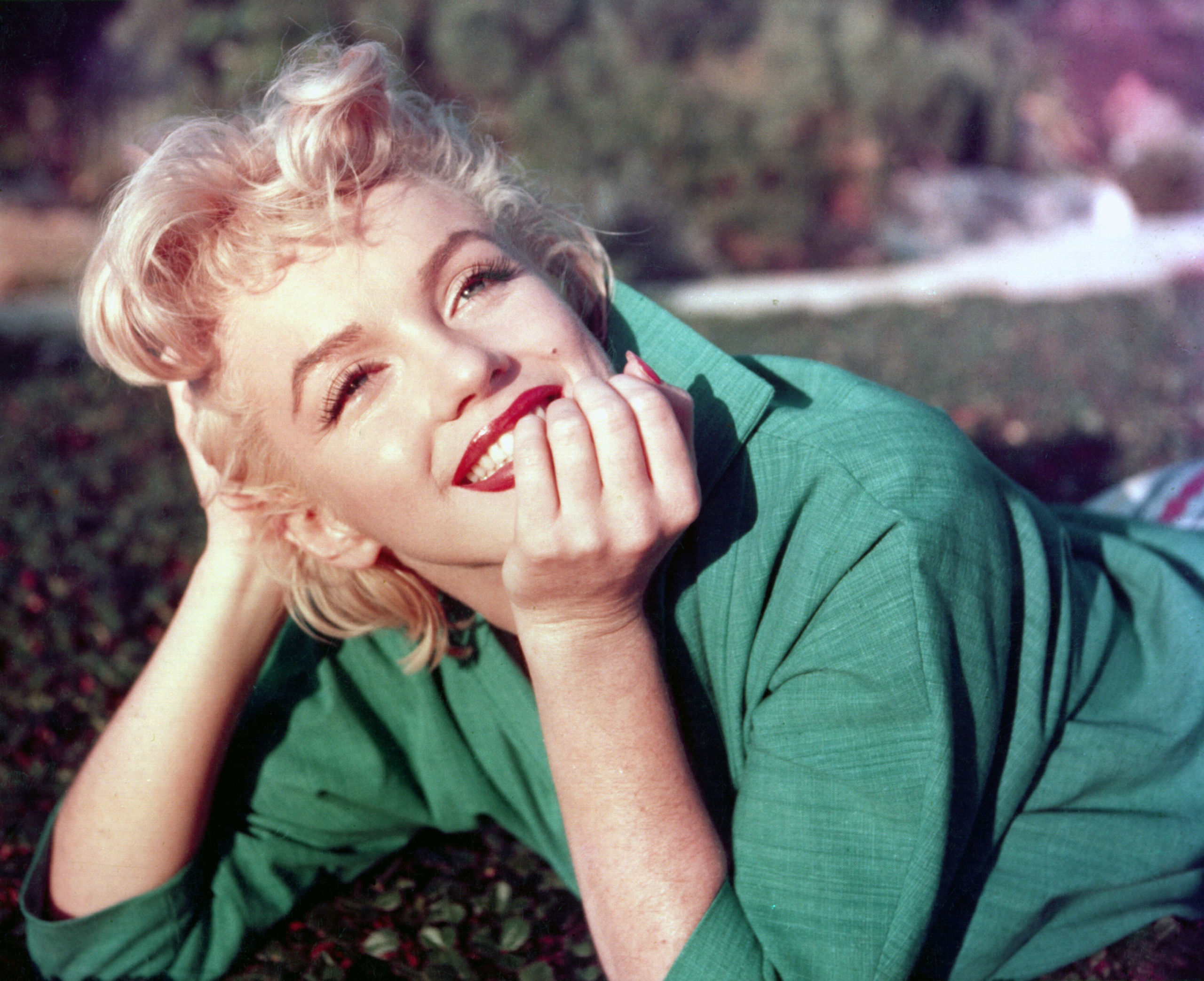
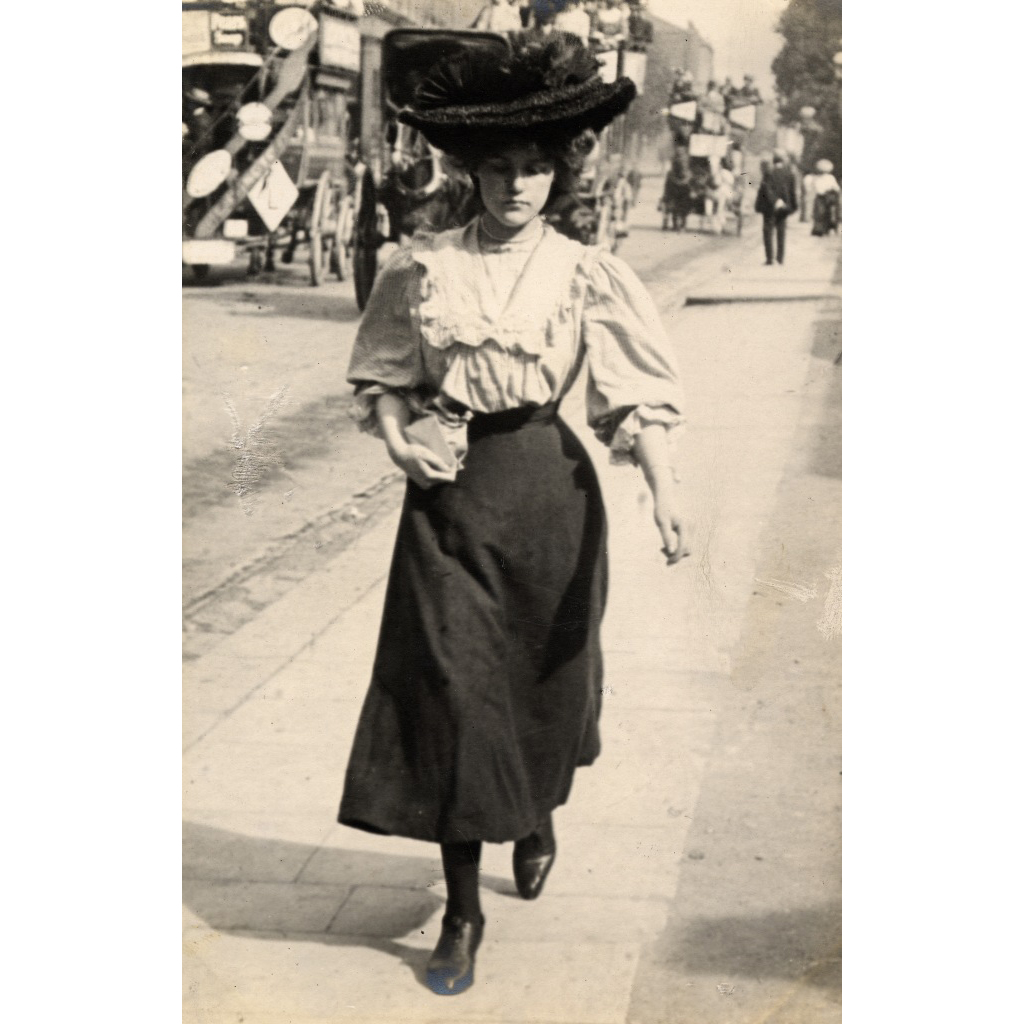

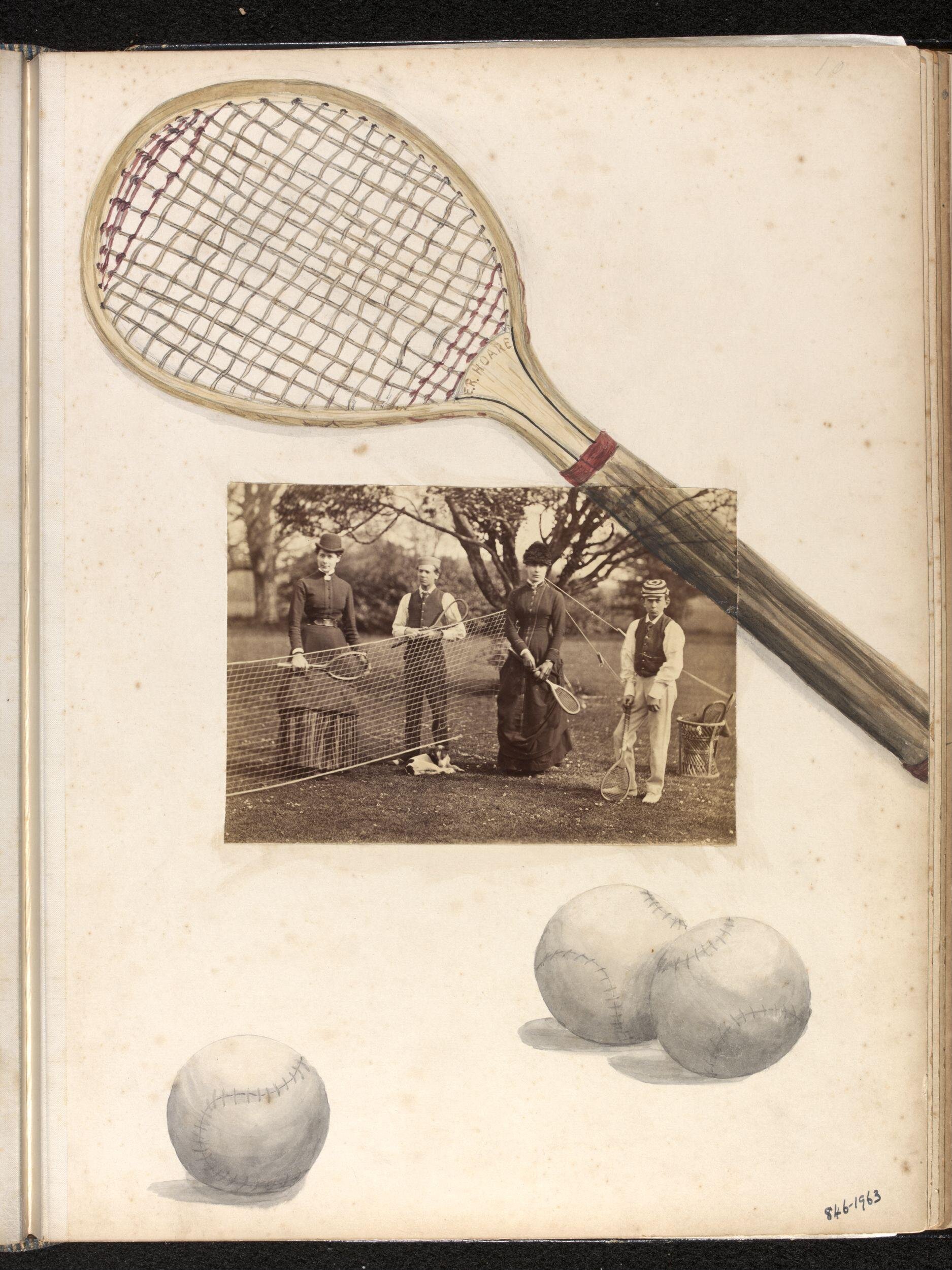
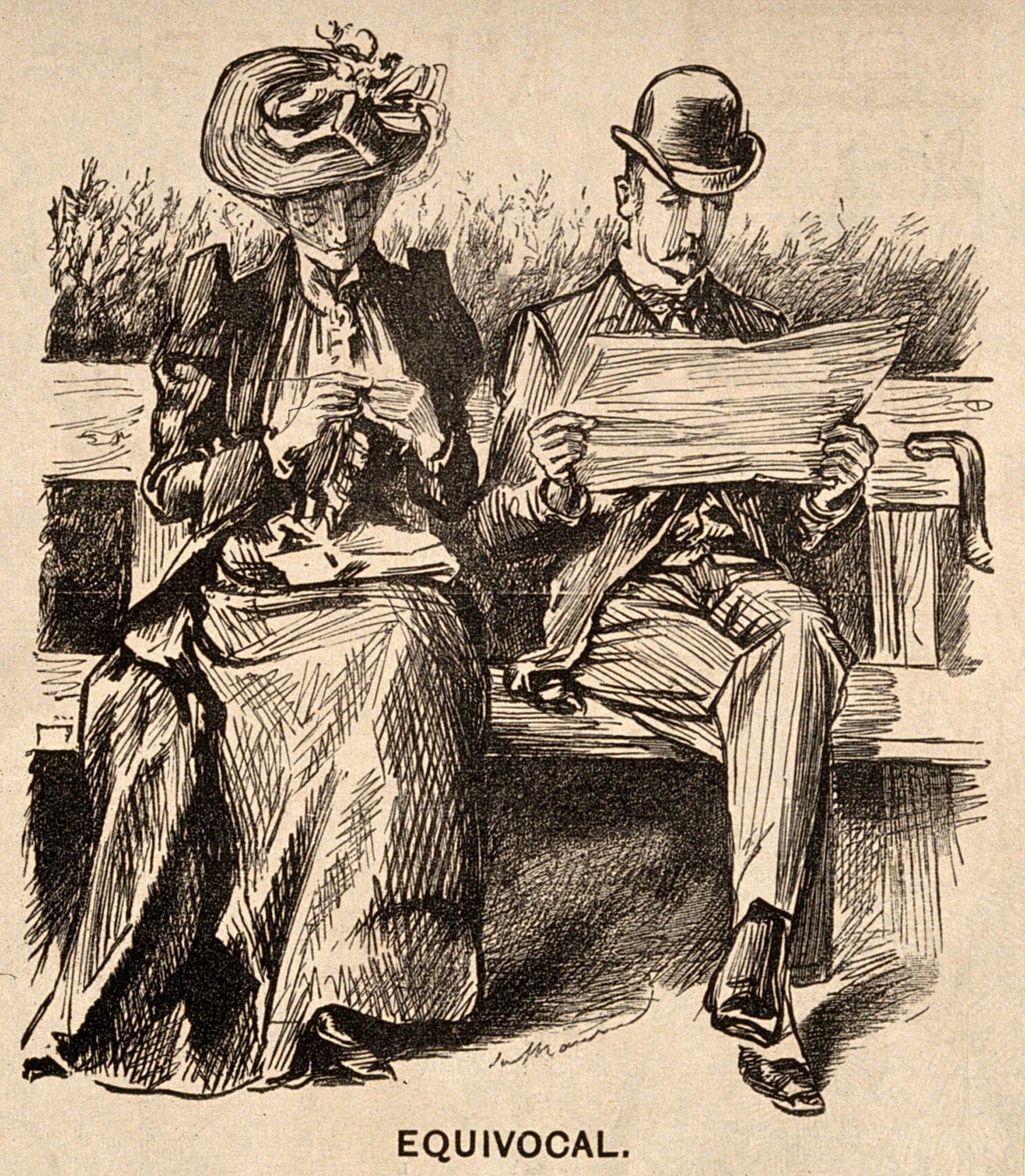
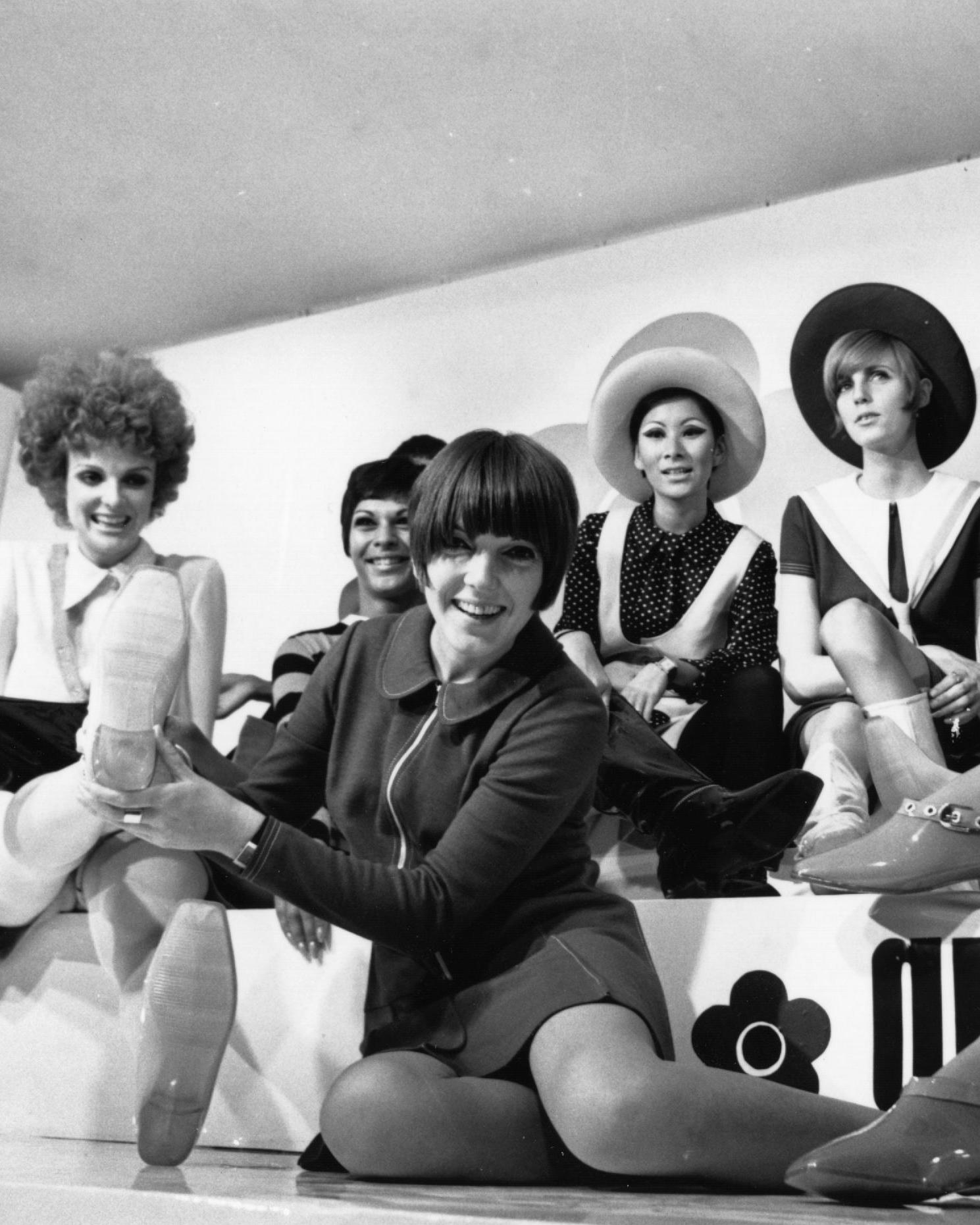
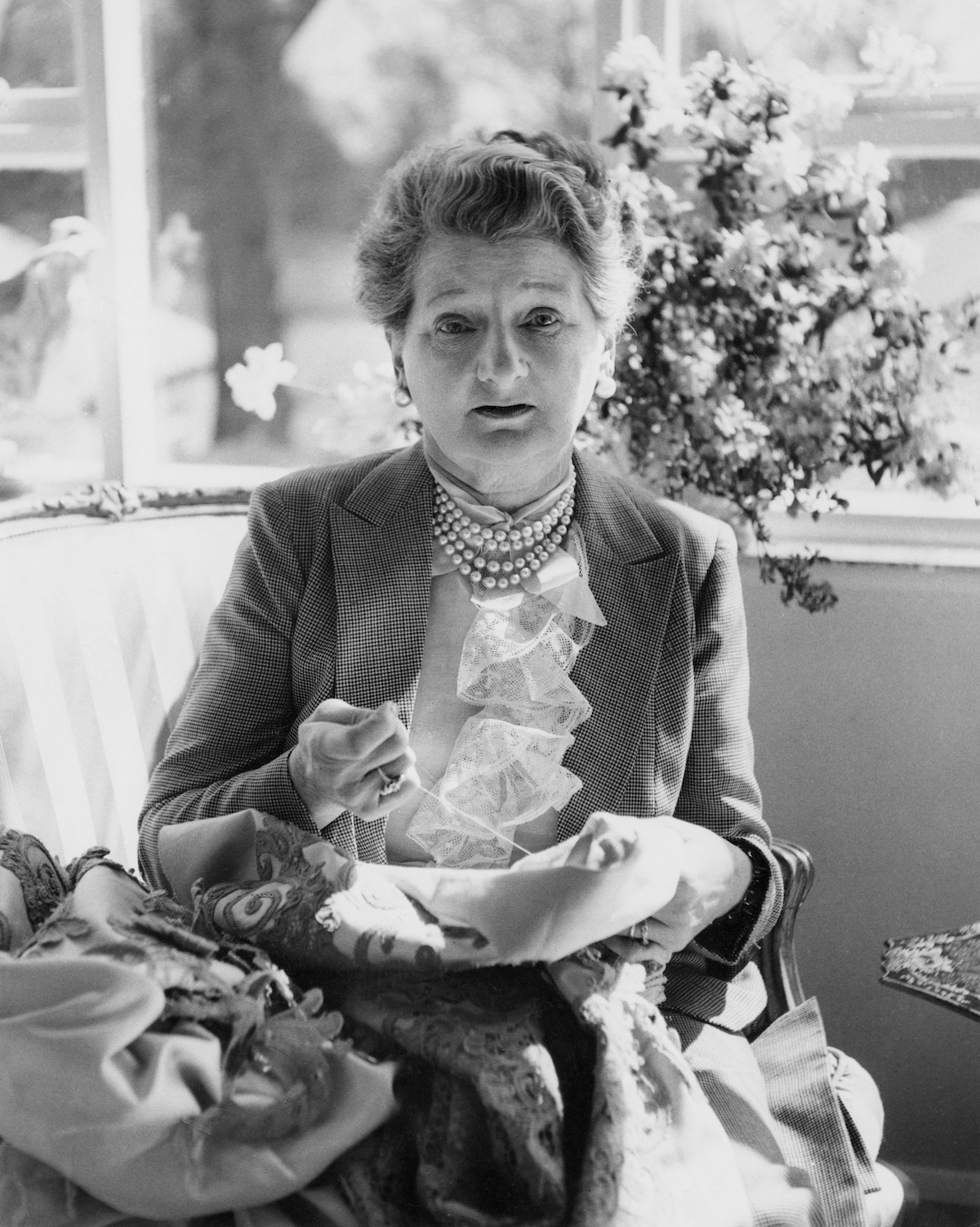
What a beautiful piece on a great contributor to humanity’s better parts. How tragic to hear descriptions of such a voice capable of uniting people, but without any record of it ever to be captured. That we know of at least. A wonderful writing of a lesser known historical figure whose life seemingly influenced countless others for the better.